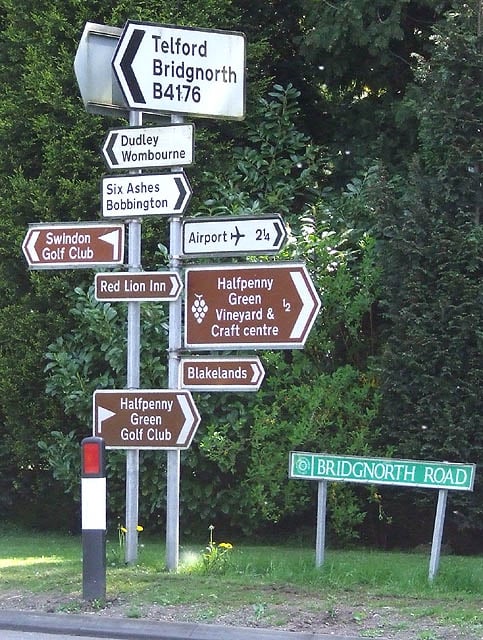As UX Consultants, we spend a lot of time watching testers scan content. Very rarely will a tester knuckle down to read, word for word, the text in front of them. Instead they will pick out words that are relevant to them and skip over everything else. We recommend watching five minutes of eyetracking footage if you don’t believe us.
While this may be heart-breaking news for your content writers, it is an important behaviour to consider when writing content for the web. Follow the below tips to ensure your content is user optimised.
NB. This blog post does not cover SEO content optimisation – there are plenty of other resources that do that. Our focus is on meeting the needs of your users, which requires you to produce relevant content. However, as relevancy is a key measure for good search result ranking, these tips will do your SEO no harm.
- Make sure your content is useful
This may seem obvious, but we regularly hear feedback from testers that the content on a site does not answer their questions. Start by having a clear understanding of your users’ goals and shape your content to address these. User research and personas can help with this.
- KISS – Keep it simple, stupid
Keep sentences short and words simple. Limit the number of 3 syllable words you use and never let a paragraph run on too long. Pick out key words as headings and bullets to make them easy to spot. Test your site against the Gunning Fog index, a readability test that compares your content to the average reading age of various educational levels. Aim not to exceed 10.
To give you some perspective, here are the fog index scores for a number of leading newspapers:
|
Fog Index |
Newspaper |
|
6.9 |
The Sun |
|
7 |
Guardian |
|
7.1 |
Times |
|
8.3 |
Daily Mail |
- Avoid jargon!
A pet hate, jargon is the downfall of many a good website. We do not understand your internal terminology, and neither will your users. Tell us about your product or service, not what its brand name is or which acronym it is fondly known by.
- Don’t mix content and navigation

Navigation pages should not contain content. Like road signs, they should clearly show users where to go and not hinder their progress with unnecessary chit chat. If you include content on a navigation page, users may think they’ve reached their destination and get frustrated when they cannot answer their questions. Remove it and only include contextual information that will help them reach their final destination.
By answering your users’ questions simply, avoiding jargon and without getting in the way of their navigational journey you will be writing great content for the web that is UX optimised.
Read more: What is UX?


